Greater Curve Theory
-
Introduction
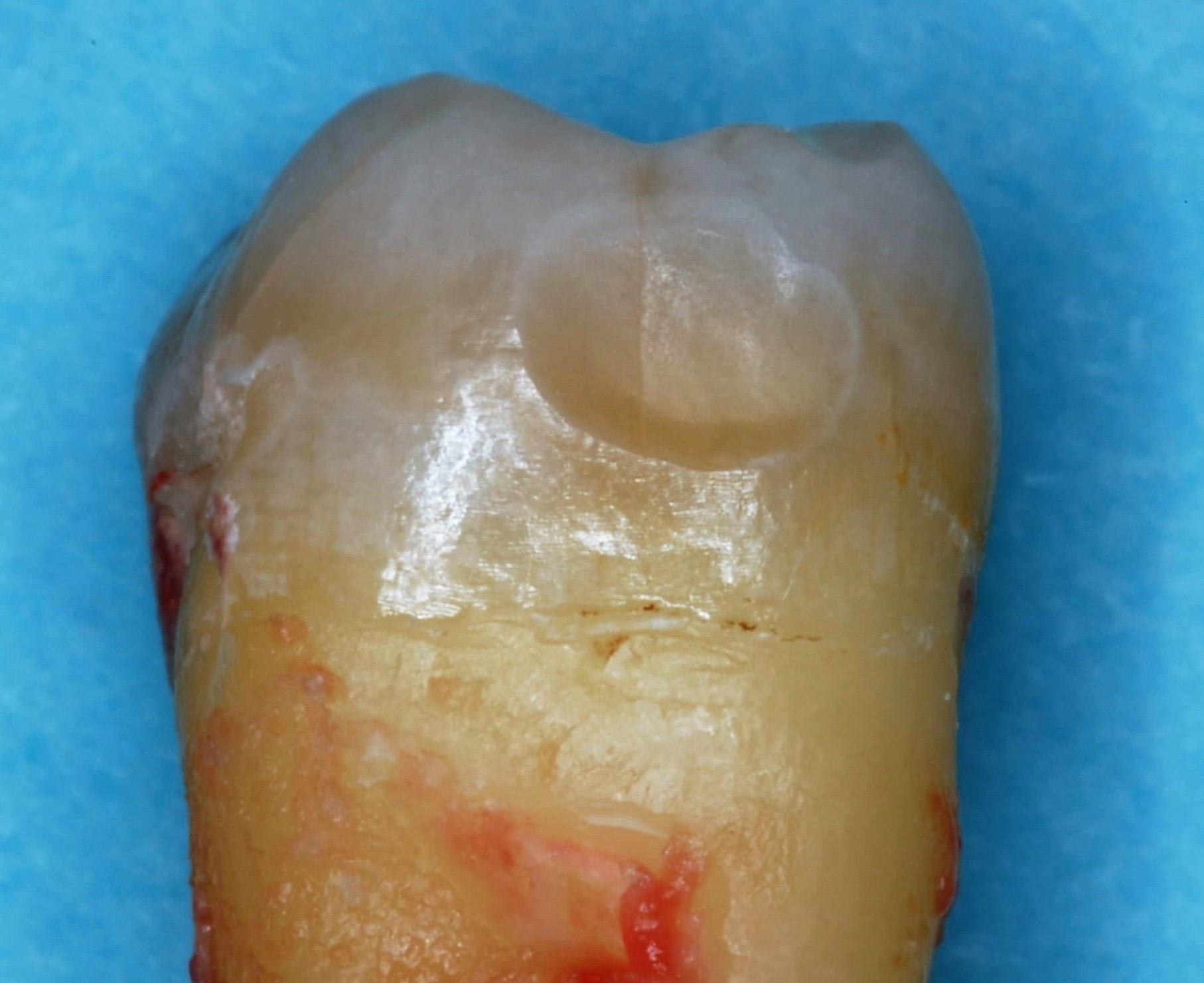
Natures contact
This is a third molar removed from a 33-year-old patient
Tooth to tooth wear creates adjoining wear facets at the contact position
Your restoration should duplicate this reality because matching facet contacts are stable and prevent food impactions
-
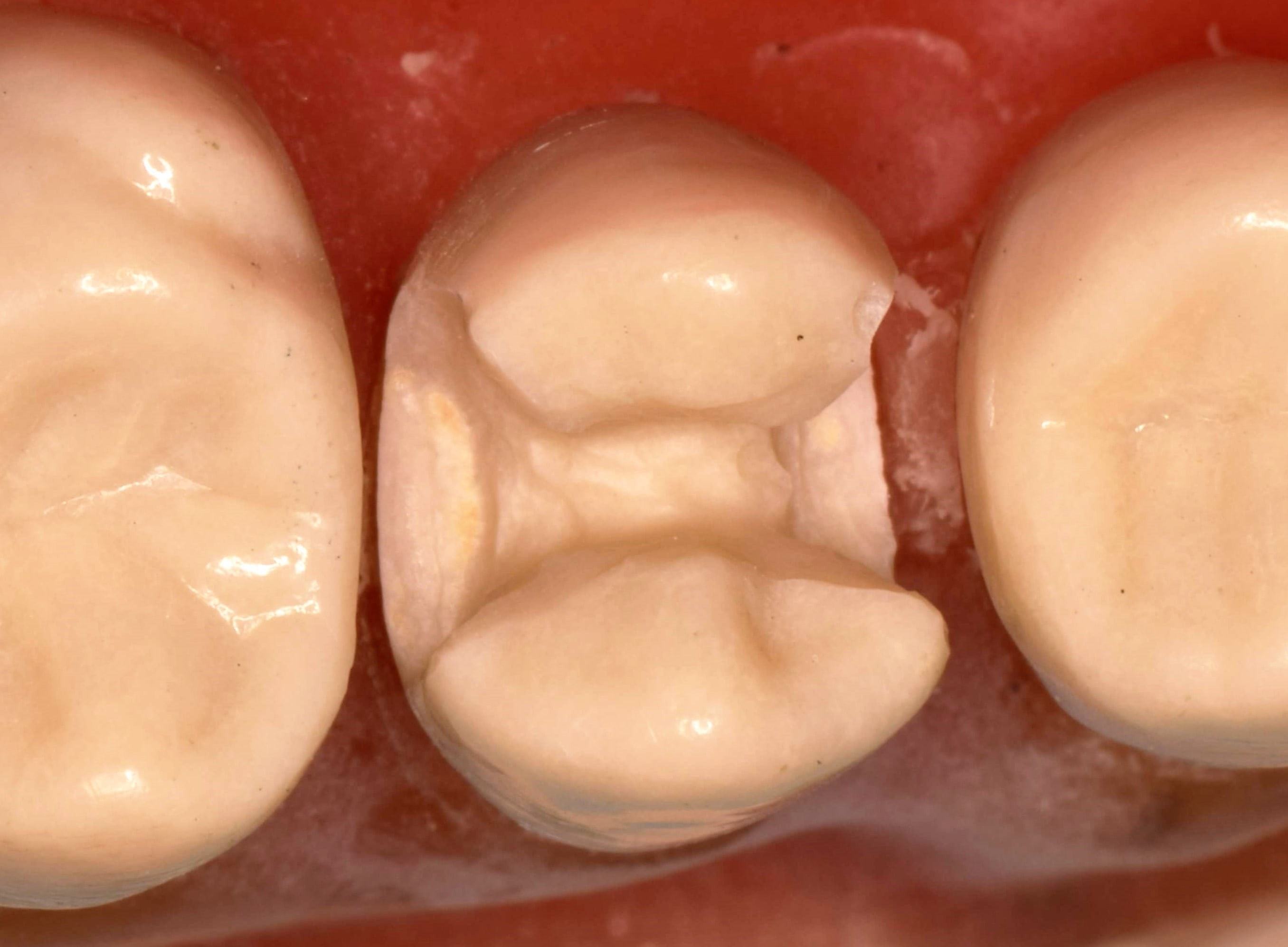
MOD Prep
Difficult to achieve tight contacts mesial and distal
-
Greater Curve Setup
Contact openings
Contact openings made mesial and distal to pair up with the contact surface of the contiguous teeth. Excellent seal and isolation. Ready to fill.
Contact opening made with “egg” shaped composite finishing carbide
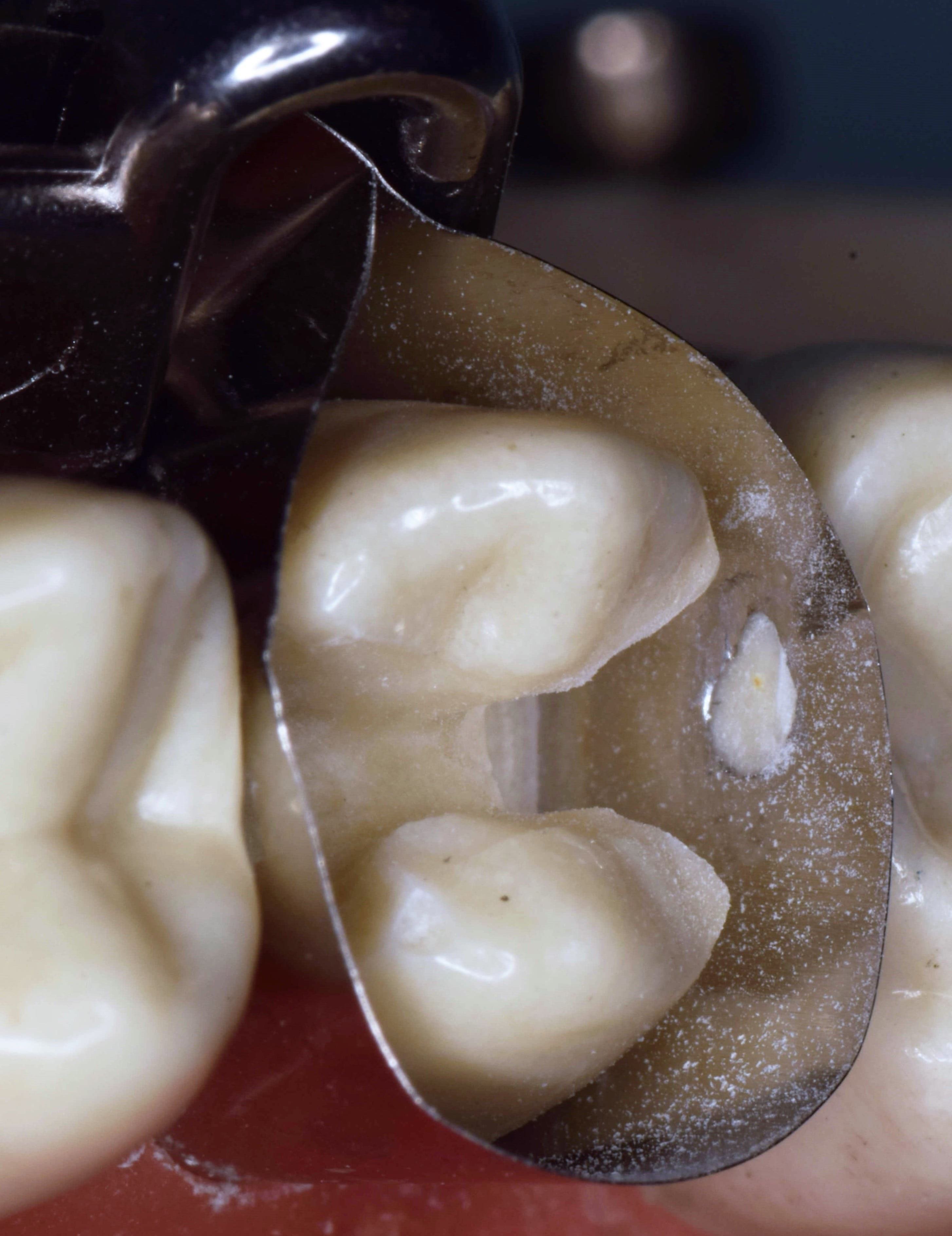
-
Contact openings
Transition from periphery of the opening to the contact surface of the contiguous tooth is imperceptible
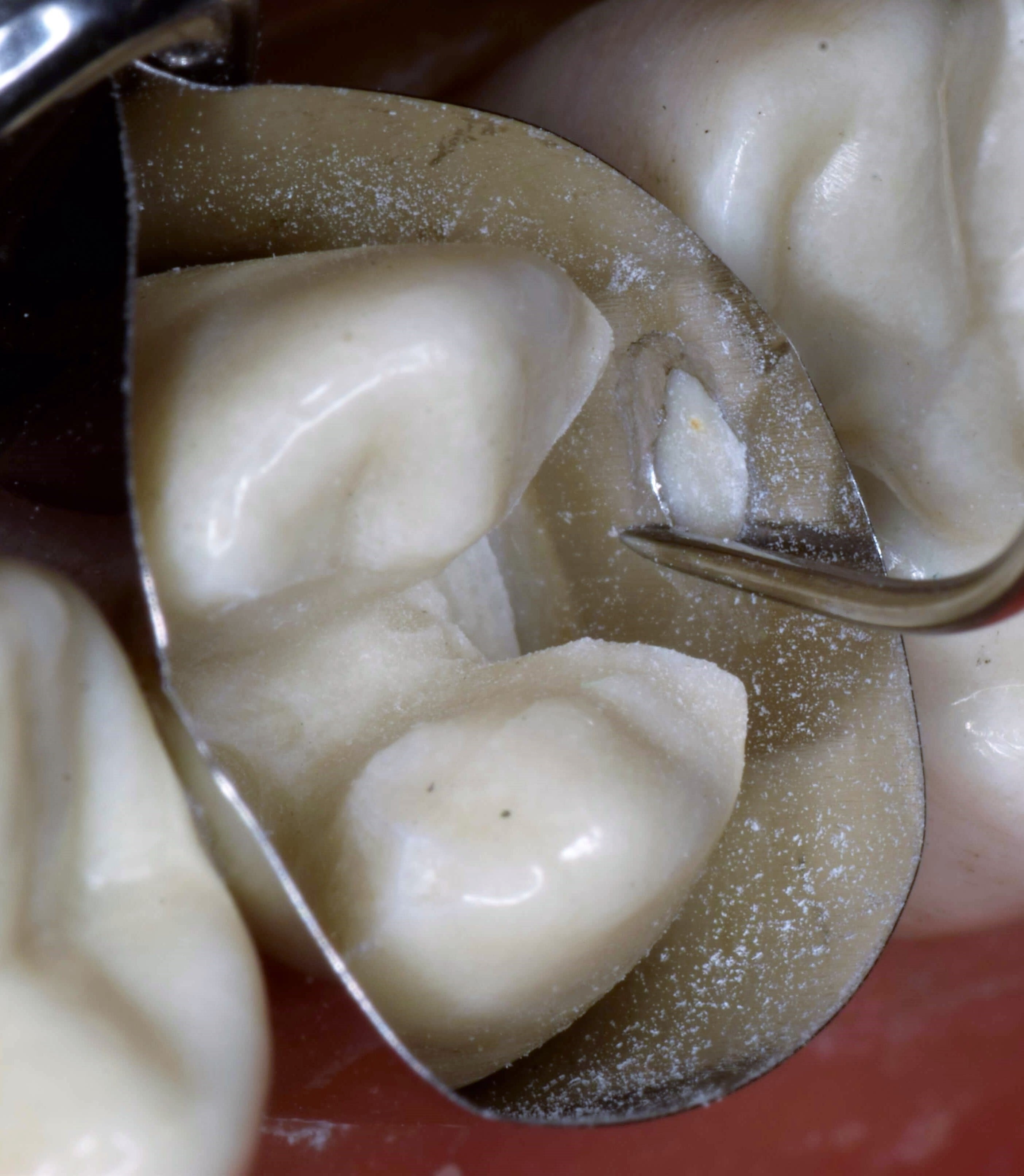
-
Composite placed
The composite will bond to the contiguous teeth through the contact window. That is okay.
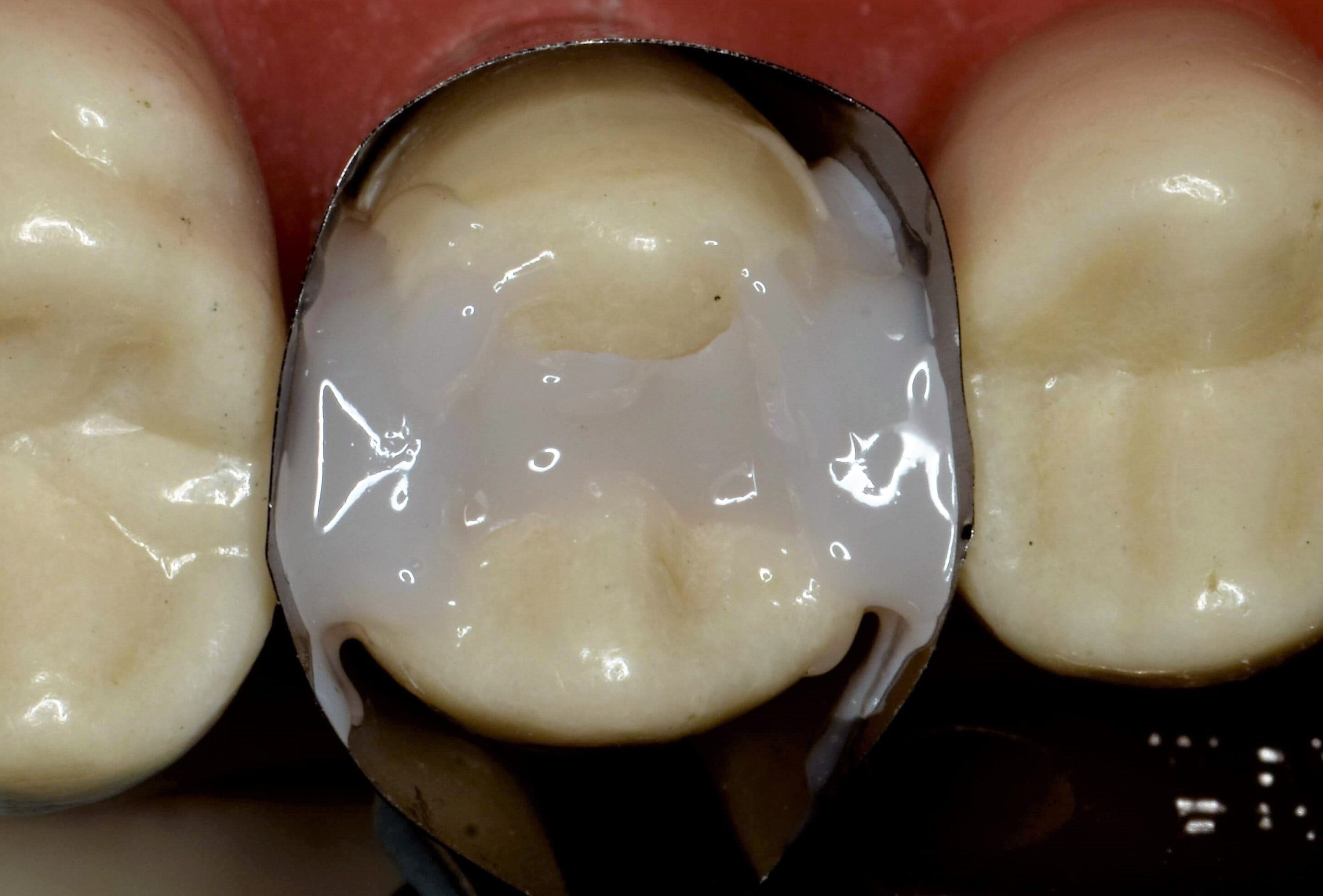
-
Band Removal
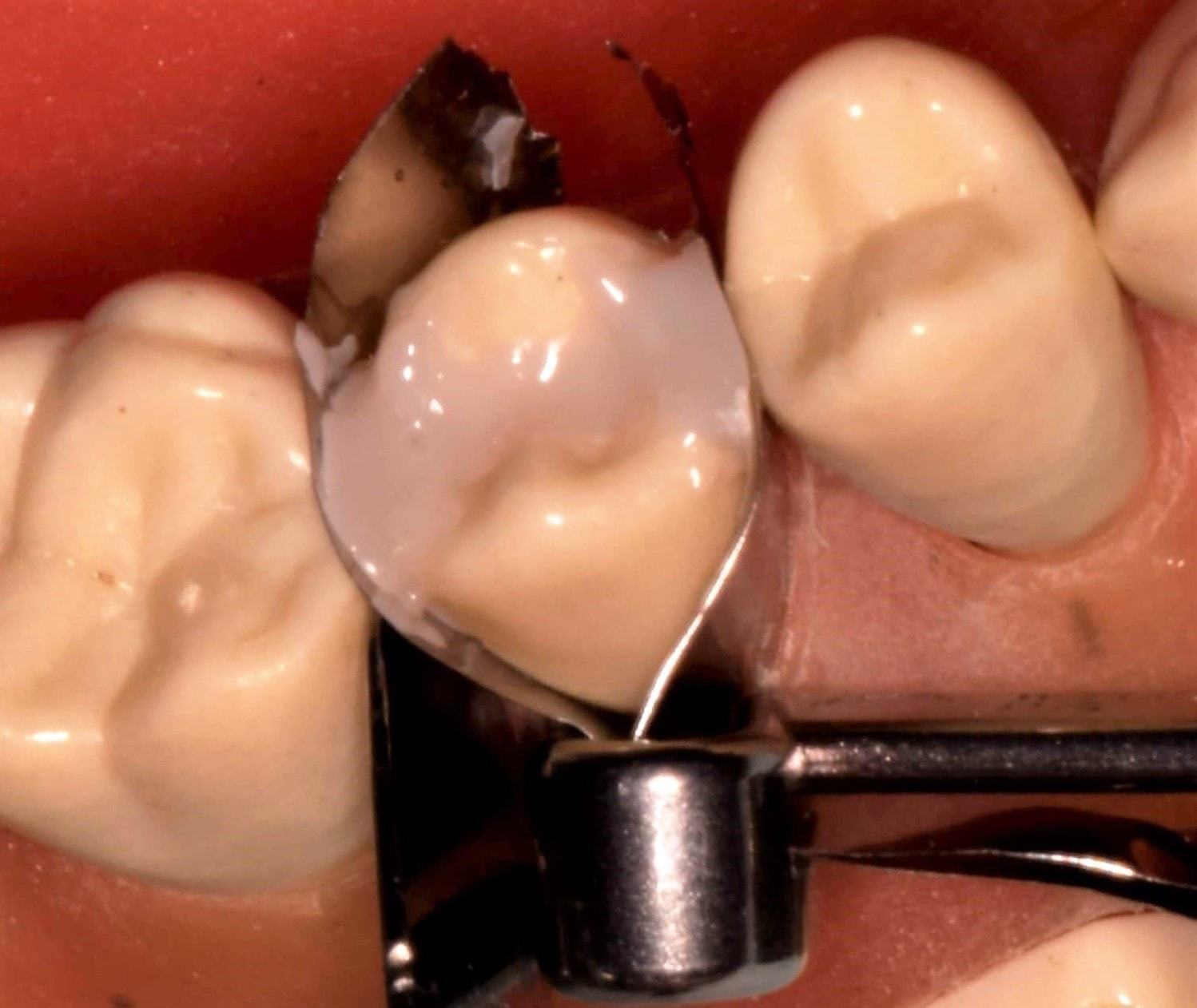
Break contact
Contact bond broken with metal spatula. The bonded contact breaks cleanly.
Band is separated into separate mesial and distal segments with a sickle scaler. Makes for easier removal of the matrix
-
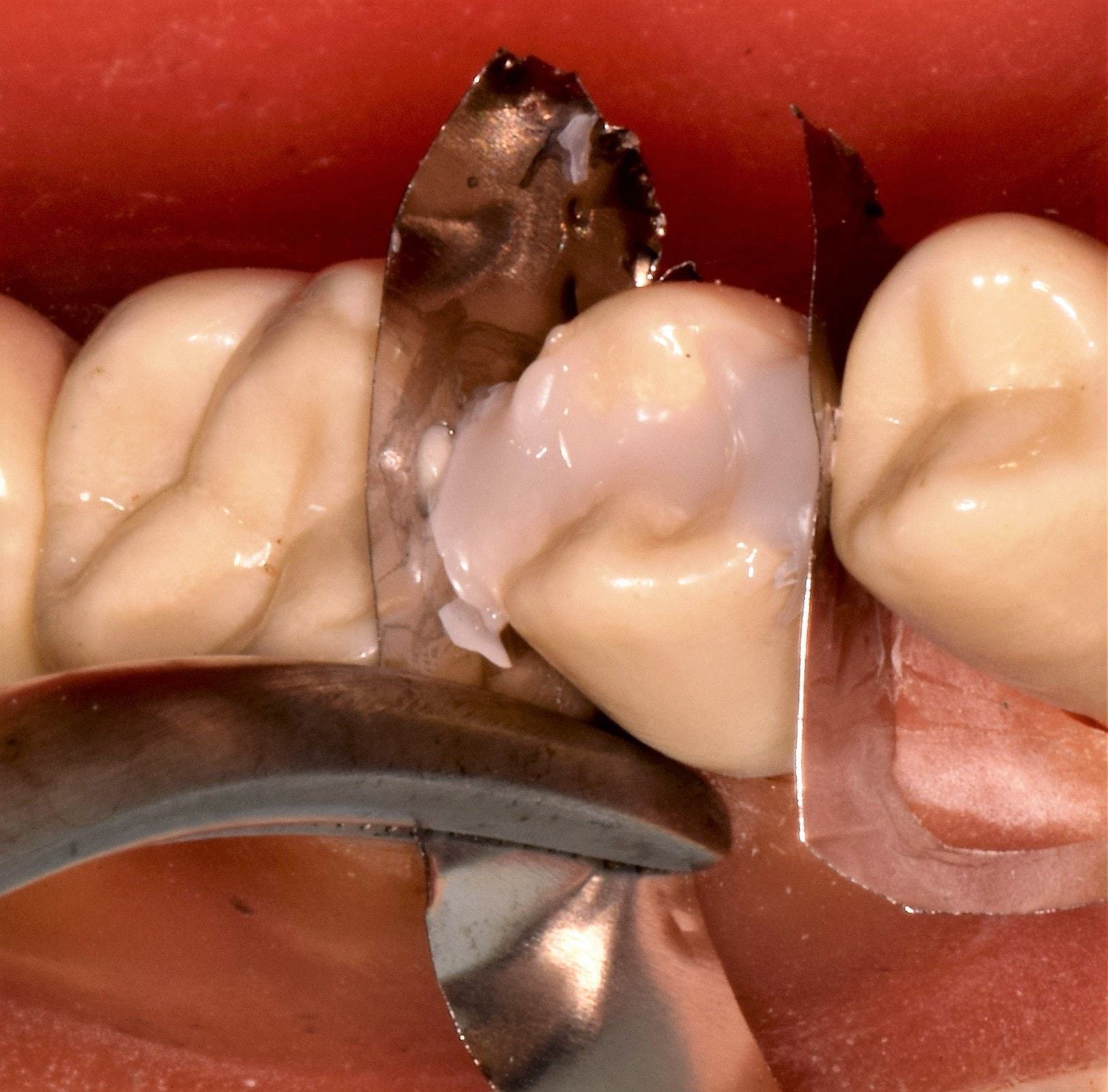
Grasp distal segment with hemostats
Grasp the distal segment with hemostats and rotate
-
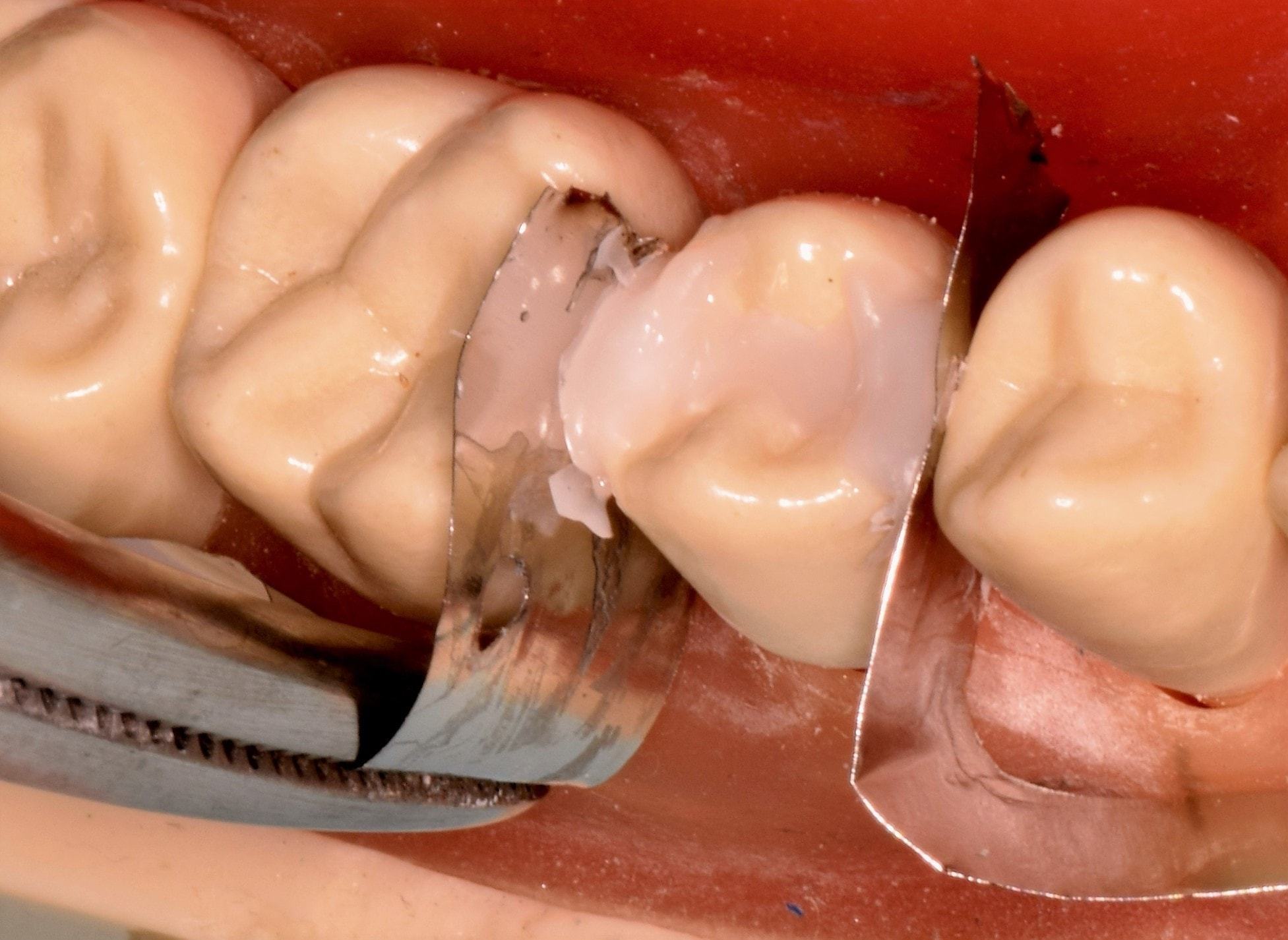
Rotate hemostats
Hemostats rotated. Band slides out.
-
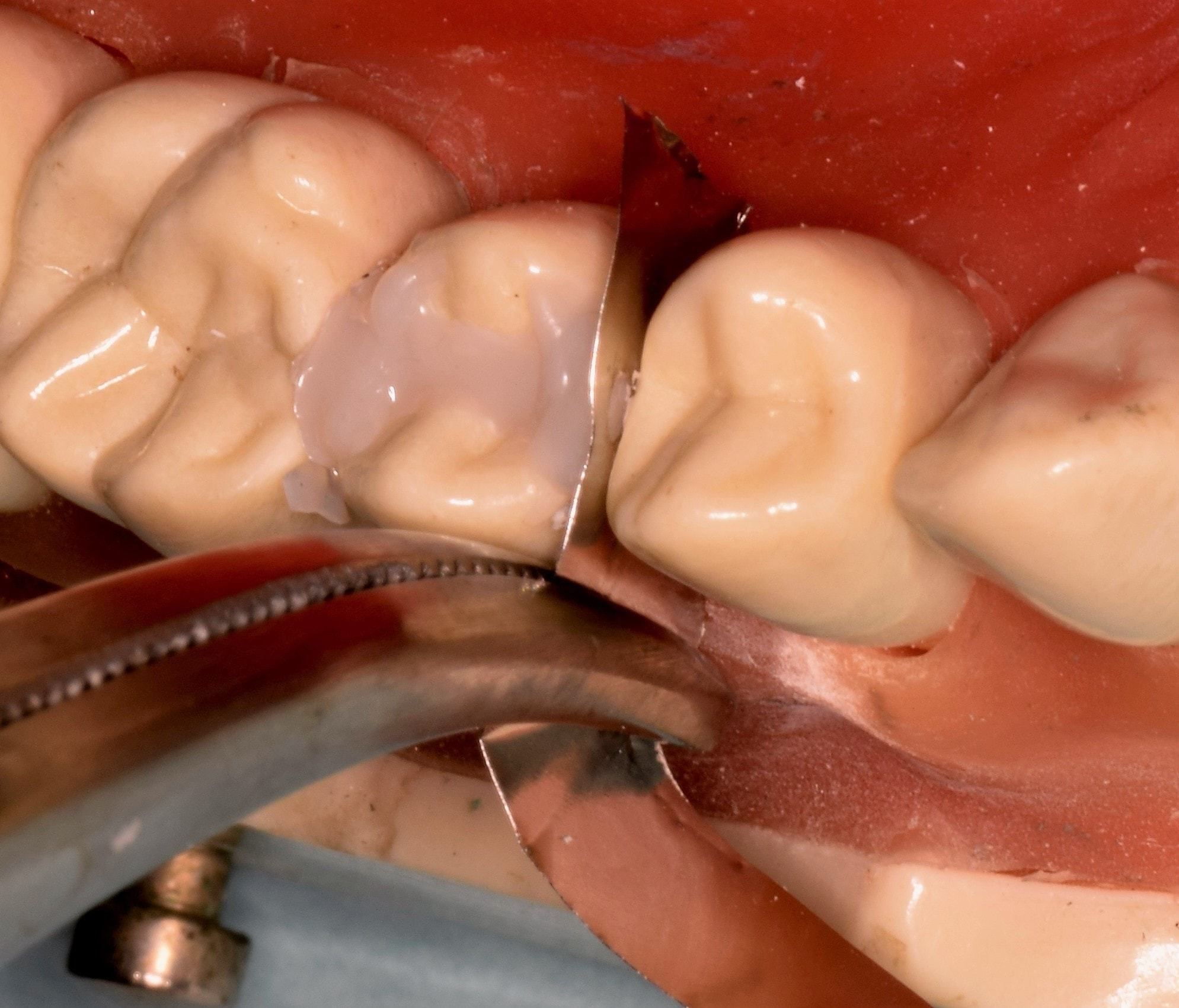
Grasp mesial segment with hemostats
-
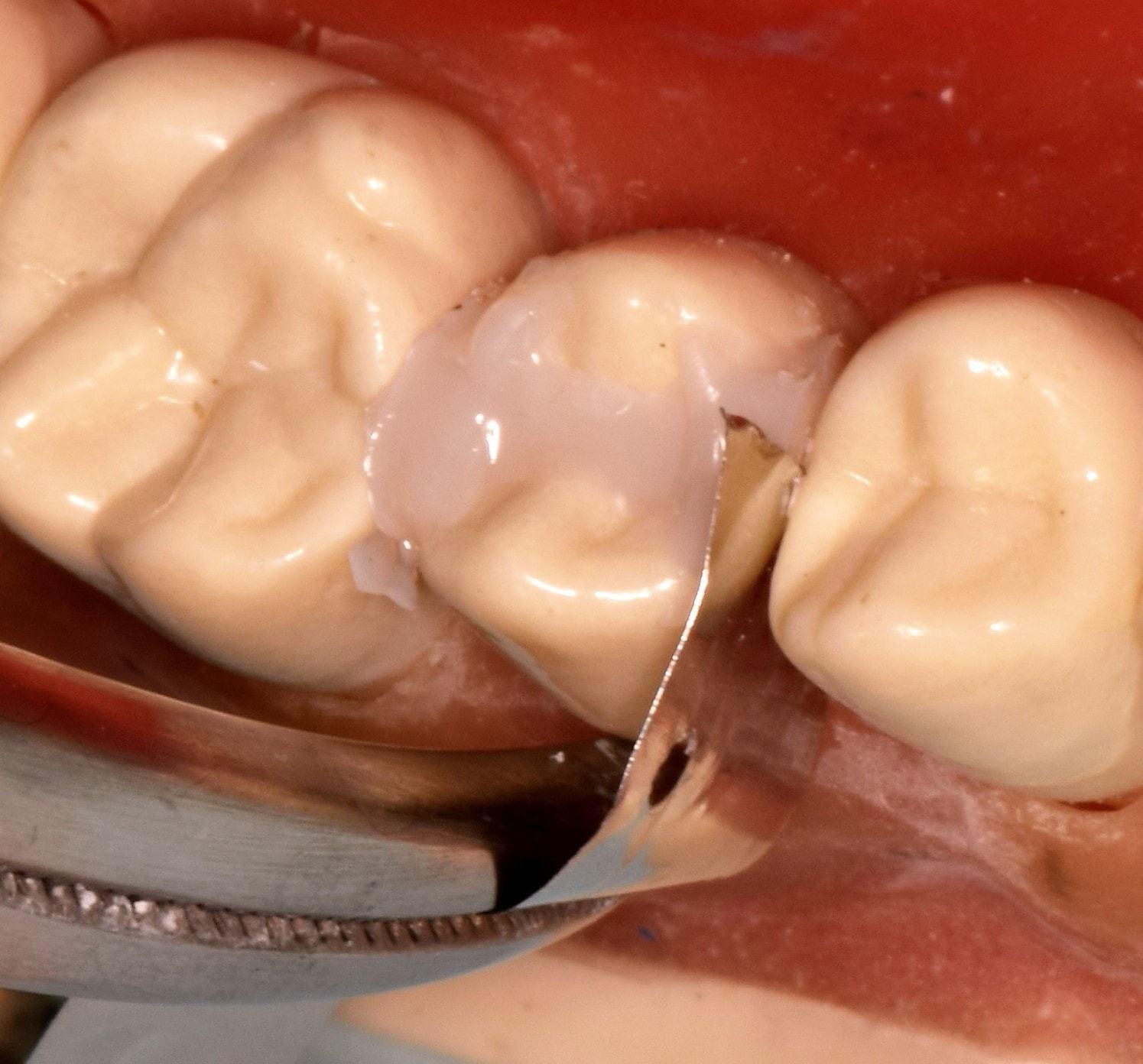
Rotate hemostats
Contact opening moves laterally
-
Completed composite
Occlusal view
Composite contacts have both width and depth
Composite contacts mimic natures contact
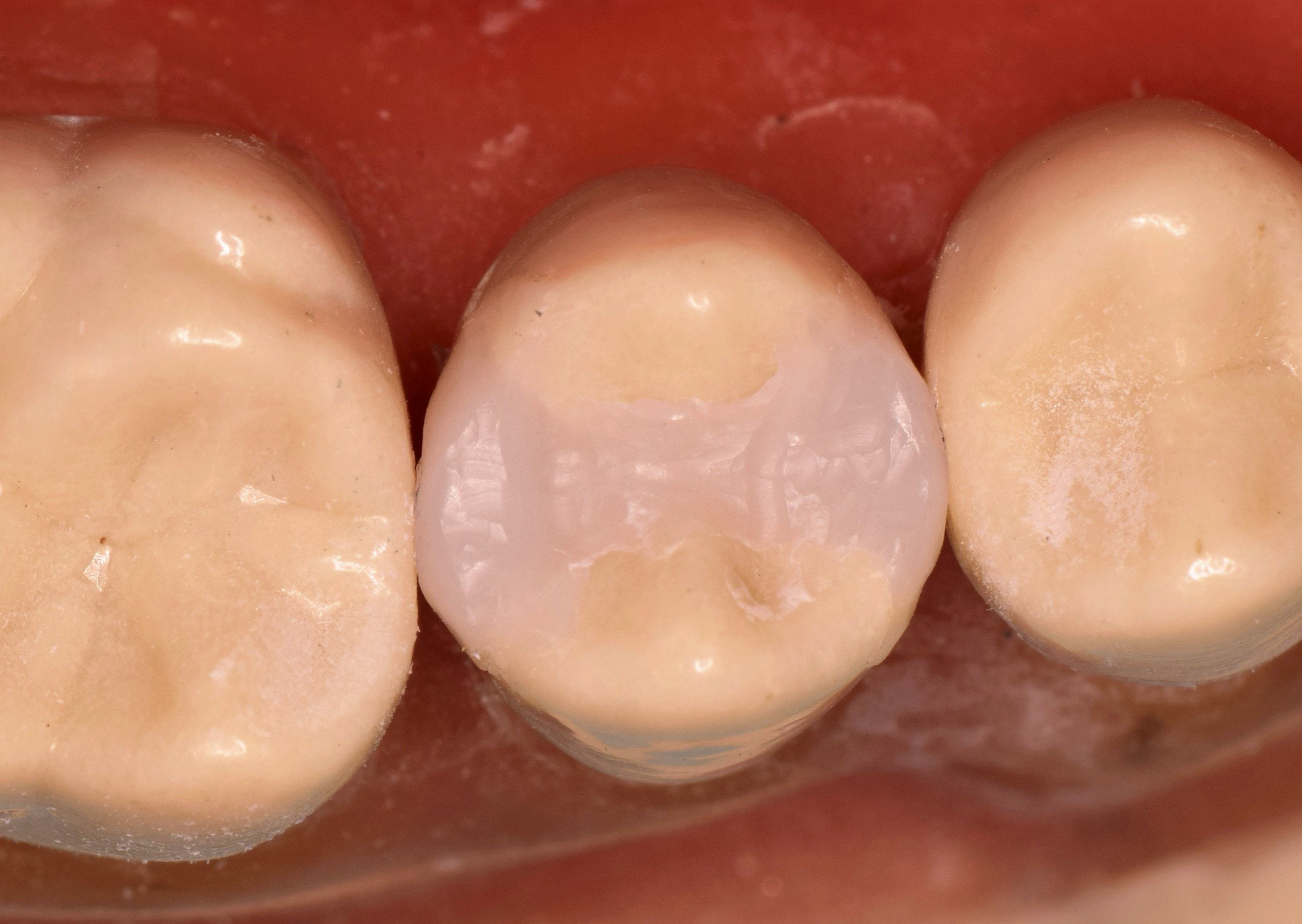
-
Distal contact
Composite contacts have both width and depth
Composite contacts mimic natures contact
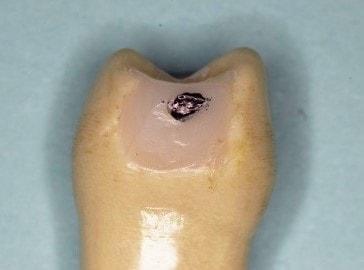
-
Mesial contact
Composite contacts have both width and depth
Composite contacts mimic natures contact
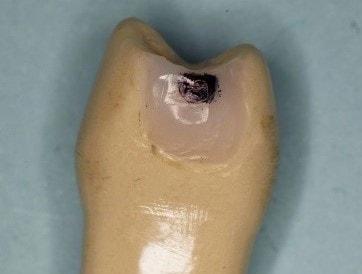














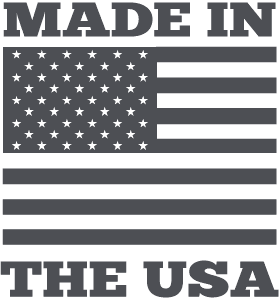
Connect